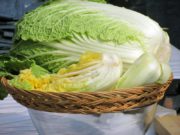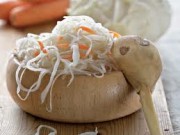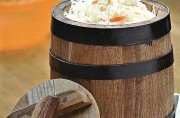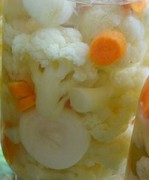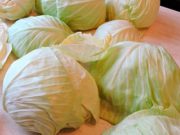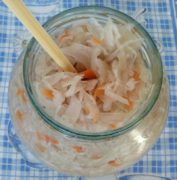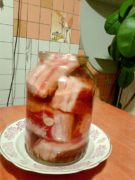Pickled Chinese cabbage for the winter, almost Korean style
Korean cuisine is distinguished by its pickles. Sometimes it’s very difficult to just walk past the rows at the market where pickles are sold and not try something. Everyone already knows carrots in Korean, but pickled Chinese cabbage “kimchi” is still new to us. This is partly because there are many ways to make kimchi sauerkraut, and each of these recipes claims to be the most correct.
We are not in Korea, so we will use an adapted recipe for pickled Chinese cabbage. If you wish, you can prepare several options at once, and then choose which one is the most delicious.
Far Eastern Koreans are accustomed to scale, and they usually ferment 150-200 kg of cabbage for the winter. This is quite a lot, but we need a little to try, will our family like this recipe?

For 3 kg of Chinese cabbage:
- 3 large heads of garlic:
- 3 teaspoons red hot pepper;
- For the brine:
- 1 l. water;
- 3 tbsp. l. salt.
Chinese cabbage is very tender, and its leaves do not fit together as tightly as white cabbage. In principle, it can be fermented with whole forks, but for the convenience of further use and to save space, it is better to cut it into 2-4 parts.
Place the chopped cabbage in a plastic container (bucket) and fill with brine. Sink the cabbage a little so that the air bubbles that are hidden between the leaves come out.
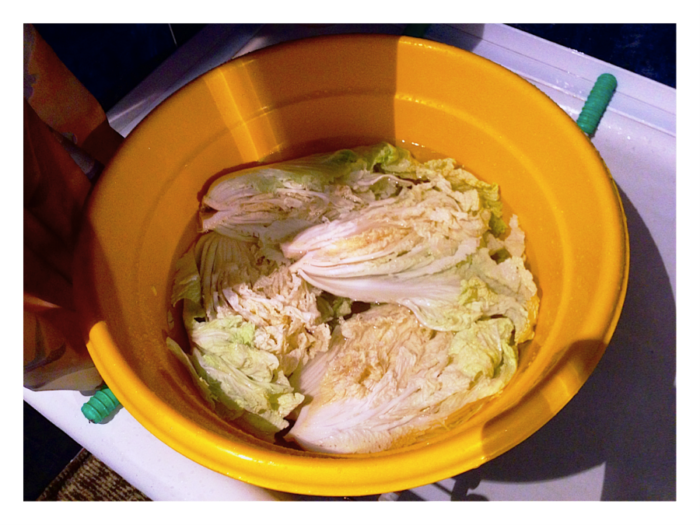
Place a pressure on top of the cabbage and leave the cabbage to ferment for 2-4 days.
When the cabbage has somewhat decreased in volume and a specific pickled smell appears, it is time to directly prepare for winter storage and give the cabbage that very “Korean” taste.
Drain the brine and pour cold water over the cabbage to remove excess salt. Soak it for 30 minutes, then place the cabbage on a wire rack (colander) to drain the water.
Prepare spice paste.
Peel the garlic and grate it on a fine grater. Combine garlic and red pepper and stir to form a paste. You can also add grated ginger, radish, carrots, or tomato paste here. Dilute the slurry with water so that it is not too thick.
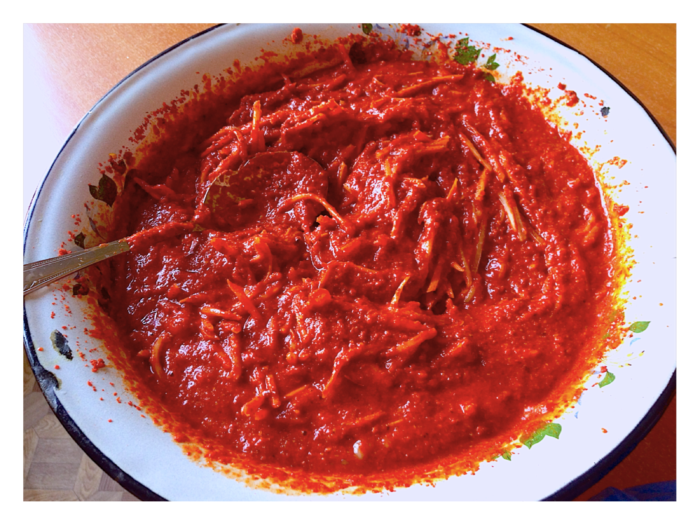
Now comes the hardest part. You need to coat each leaf with our hot, spicy paste. In fact, it is not that long, and over time this process takes less and less time. You can't go wrong if you put on rubber gloves beforehand. Pepper and garlic can cause irritation on the skin, and the smell of garlic lasts for a long time.
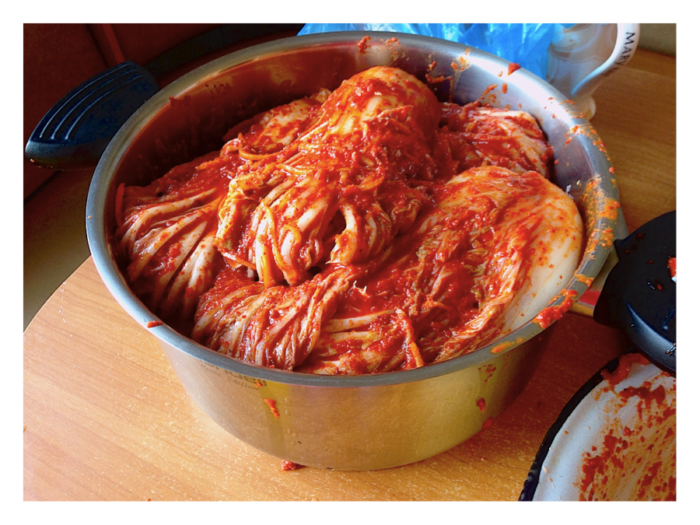
Immediately place the smeared cabbage in the container in which it will be stored in the winter.
Prepare the brine and pour over the cabbage until it completely covers the leaves. Now all that remains is to find a lid, close the container with cabbage (just not very tightly), and take it to a cool place for winter storage.
You can try kimchi cabbage within two weeks, after seasoning it with spices. It goes perfectly with unleavened rice or fatty meat. As an independent dish, Beijing kimchi sauerkraut is practically not consumed because the taste is too spicy, but as an additive to something, such an appetizer is ideal.
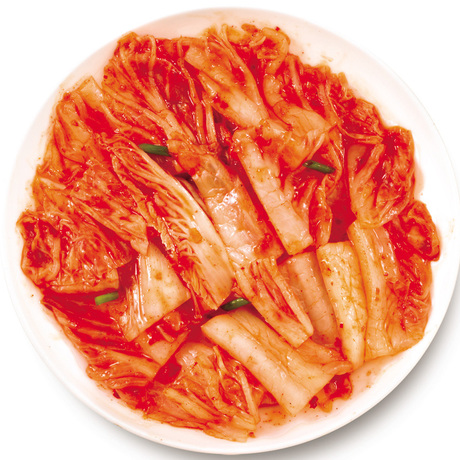
Watch the video recipe on how to prepare spicy sauerkraut for the winter:

